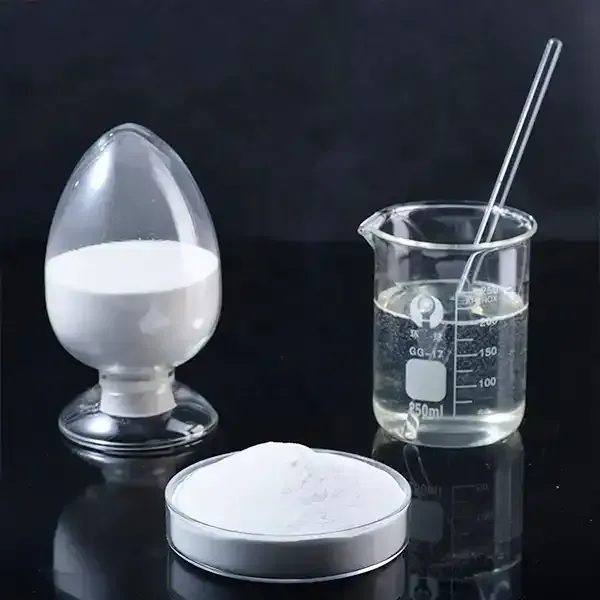Chemical Additives Enhancing Products and Ensuring Safety
Chemical additives play a critical role in various industries, ranging from food and beverages to pharmaceuticals and personal care products. These substances, which are intentionally added during manufacturing processes, serve multiple purposes, including preservation, flavor enhancement, texture improvement, and stabilization. While they enhance the quality and longevity of products, there are ongoing discussions regarding their safety and regulation. This article delves into the significance of chemical additives, their types, and the necessary precautions to ensure consumer safety.
The Role of Chemical Additives
Chemical additives are used to improve the functionality and performance of products. In the food industry, for instance, preservatives like sodium benzoate and potassium sorbate prevent spoilage by inhibiting microbial growth. Colorants enhance the visual appeal of food items, ensuring that they are attractive to consumers. Emulsifiers, such as lecithin, are crucial in products like mayonnaise and salad dressings, ensuring that oil and water mix effectively to achieve a stable consistency.
In the pharmaceutical sector, additives can be equally vital. Excipients—inactive substances that serve as a vehicle for the active ingredients—help in the formulation of medicines. They aid in the stabilization, absorption, and release of drugs, ensuring that patients receive the correct dosage and therapeutic effect. In personal care products, additives like fragrances and preservatives enhance user experience while also extending product shelf life.
Types of Chemical Additives
Chemical additives can be classified into several categories based on their functions
1. Preservatives These additives prevent spoilage and extend shelf life. Common examples include BHA (butylated hydroxyanisole) and BHT (butylated hydroxytoluene).
2. Flavoring Agents Used to provide or enhance flavors in food and beverages, these can be natural, derived from plants, or synthetic, created in labs.
chemical additive

3. Coloring Agents These are chemicals that give food, beverages, and cosmetics their colors. They can be natural (such as beet juice) or artificial (like Red 40).
4. Stabilizers and Emulsifiers Essential for maintaining the desired texture and consistency in products, these additives prevent separation and ensure uniform distribution of ingredients.
5. Thickeners and Gels Ingredients such as xanthan gum and gelatin are added to improve texture and viscosity in sauces, dressings, and desserts.
Safety and Regulation
While chemical additives are essential for product development, their safety is paramount. Regulatory agencies, such as the U.S. Food and Drug Administration (FDA) and the European Food Safety Authority (EFSA), strictly oversee the use and approval of additives. New additives must undergo rigorous testing to ensure they do not pose health risks. The testing process evaluates toxicity, potential allergies, and long-term effects on health.
Despite regulatory oversight, concerns over the long-term effects of certain additives persist. Some individuals may experience allergic reactions or adverse health effects linked to particular substances. Moreover, the rise of consumer awareness has led to greater scrutiny regarding food labels and ingredient transparency. Many consumers prefer natural or organic options, prompting manufacturers to reformulate products and minimize the use of artificial additives.
Conclusion
Chemical additives are indispensable in modern manufacturing, significantly enhancing product quality and safety across various industries. As technology advances, the development of new additives continues to evolve, promising even more benefits. However, it is crucial for industries to prioritize consumer safety and adhere to strict regulations. Ongoing research and consumer feedback play vital roles in shaping the future of chemical additives, ensuring that they continue to serve their purpose without compromising health. As a result, both manufacturers and consumers must work together to maintain a balance between innovation and safety in the quest for quality products.
-
The Versatility of Industrial Additives: Mhec, Hpmc, And Wall Putty SolutionsNewsMar.28,2025
-
The Importance of HPMC in Modern IndustriesNewsMar.28,2025
-
Partnering with Reliable Manufacturers for Optimal ResultsNewsMar.28,2025
-
Enhancing Construction Performance with Redispersible Polymer PowdersNewsMar.28,2025
-
Enhancing Construction and Household Products with Advanced AdditivesNewsMar.28,2025
-
Building Strong Foundations with Key Construction MaterialsNewsMar.28,2025






